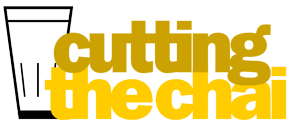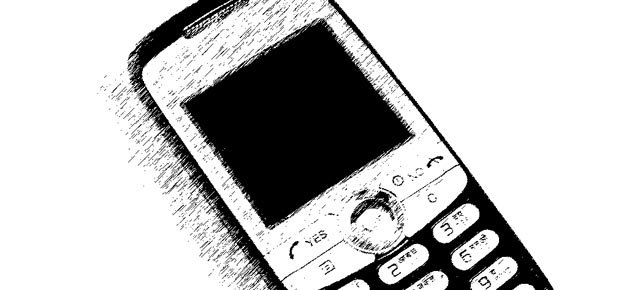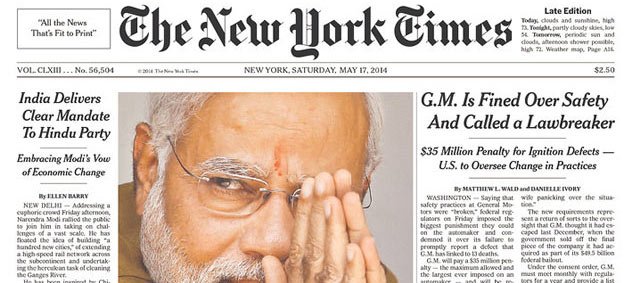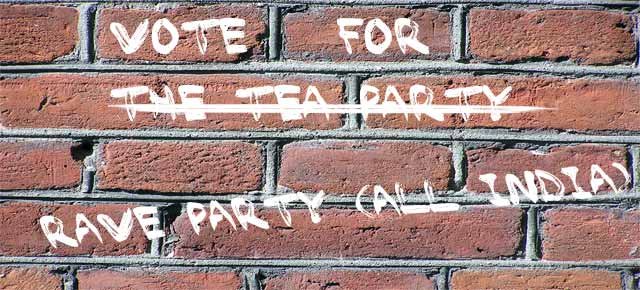For the poor in India it is the mobile phone that has proved to be a bigger revolution than the Internet. The poor don’t directly use the Internet but almost everyone in the city, irrespective of the social class, appears to own a mobile phones and our household helps are no exception. They might own a mobile phone to communicate with their family, friends and employers but many of them are illiterate, with only a limited understanding of numbers because they need that knowledge to count the money they earn and spend.
This lack of knowledge of the letters would have made it difficult for them manage contacts on their phones, that make it easier to call people and to identify who is calling. But necessity, as we know, brings about innovation. Our cook uses ideograms, that we now more popularly refer to as emoji, instead of names in her phone’s address book. This makes it easy for her to identify who is calling or whom to call.
Her daughter’s number is saved against the icon of a girl and Varsha’s (my wife) number has a little baby (a reference to our toddler son). This way, she, with help from her daughter, has organised her address book so that her lack of literacy doesn’t come in the way of her ability to communicate.
I am not sure if all phones used by people like her come with this feature. If they don’t, they should.




